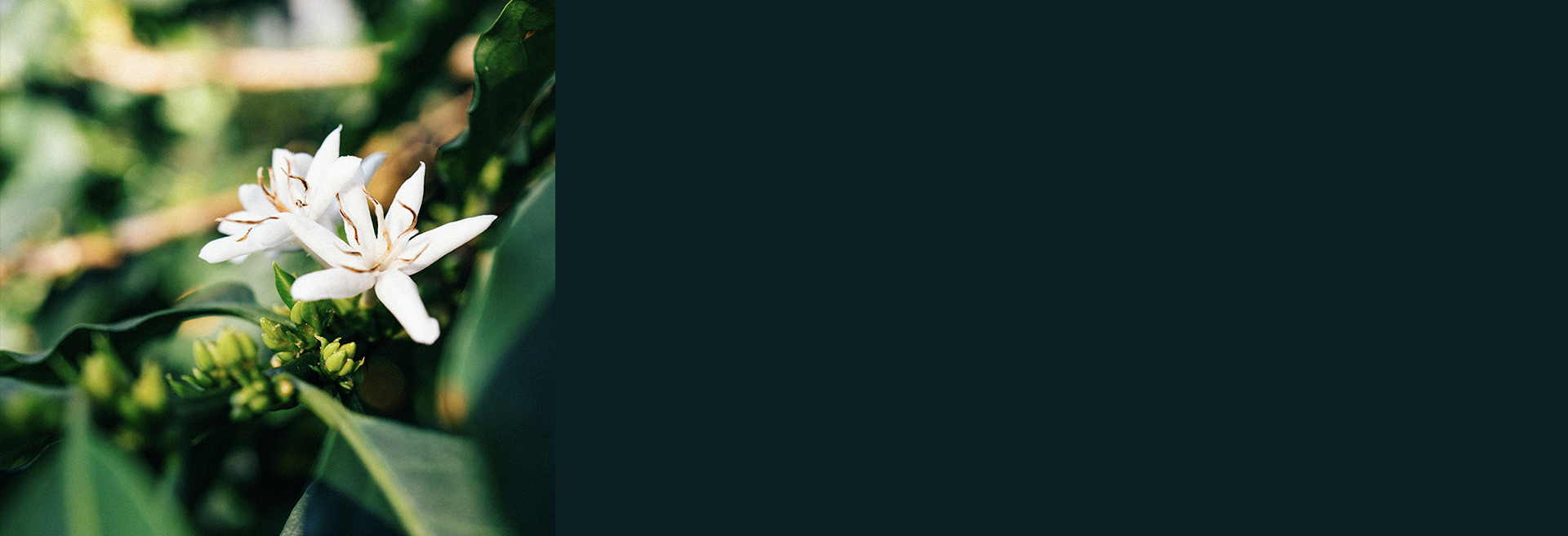Nicaragua
El Bosque
250g
QUALITY SCORE: 88.25
Cup Notes
Blackberry / Dark Chocolate / Raisin / Walnut
Suggested for espresso and filter
when we roast
We freshly roast to order all coffees on Monday, Wednesday and Friday (excluding national holidays), and ship the same day! Cut-off time is 11:59pm (UTC+1) of the day before the roast day. *We only ship whole beans*
Details
- Quality Score
- 88.25
- Producer
- Julio & Octavio Peralta
- Country
- Nicaragua
- Terroir
- Nueva Segovia
- Altitude
- 1250-1560 masl
- Process
- Classic natural
- Arabica cultivar
- Catuai
- Picked in
- December 2020
- Arrived in
- July 2021
- Shipped in
- Box + Vacuum pack
- Roast profile by
- Rubens Gardelli
- Roasted on
- Customised solid-drum roaster
THE STORY BEHIND
El Bosque is a 42-hectare farm planted with different varieties of Arabica - the varieties have been chosen for their cup quality. The farm is located to north east of La Cascada, San Fernando municipality, in Nueva Segovia - a region of Nicaragua, close to the border with Honduras. It stretches out over three long hillsides, one of which reaches 1560 masl and is nestled in a lush dense forest and rolling hills.
Nicaragua has a long history of coffee production, and over the past few years it has been gaining reputation for top specialty coffee.
The coffee growing history of the Peralta family goes back to the beginning of the 20th century, but it was only in 2008 that they started focusing on new ways to market their coffees to international specialty coffee markets. Thanks to their admirable attitude and values they have produced top-notch specialty lots.
THE VARIETY
Catuai is a cross between highly productive Mundo Novo and compact Caturra, bred by the Instituto Agronomico (IAC) of Sao Paulo State in Campinas, Brazil in 1949. It was released in 1972 after pedigree selection (selection of individual plants through successive generations) and is widely cultivated up to this date.
Outside of Brazil, it was first introduced in Guatemala in 1970, even before the release in Brazil. Currently Catuai accounts for around 20% of the country's coffee total production.
It is also widely cultivated in Honduras, where it was introduced in 1979 after extensive tests by Instituto Hondureño del Café (IHCAFÉ). It was released commercially in 1983, after IHCAFÉ selected two lines for planting. In Honduras today, Catuai accounts for nearly half of the Arabica coffee in cultivation. Researchers at IHCAFÉ are actively engaged in breeding with Catuai and creating hybrid crosses between Catuai and Timor Hybrid lines.
Catuai is also economically important in Costa Rica, where a yellow-fruiting Catuai was introduced in 1985, and its descendants have spread widely through the country.
It has a negligible presence in other Central American countries.
The plant is highly productive compared to Bourbon, in part because of its small size, which allows plants to be closely spaced - it can be planted at nearly double the density. Because of this characteristic, the introduction of Catuai partly led to the intensification of full-sun coffee cultivation in Central America in the 1970s and 1980s. The plant’s shape also makes it relatively easy to apply pest and disease treatments. It is characterised by great vigour and low height, while it is less compact than Caturra. There are yellow-fruited and red-fruited types, with numerous variation at present. Catuai's downside is that it is highly susceptible to coffee leaf rust.
THE FERMENTATION PROCESS
Dry process seems simple: pick the fruit, lay it out in the sun until it turns from red to brown to near-black, and then hull off the thick, dried outer layer in one step to reveal the green bean. It is a method suited to arid regions, where the sun and heat can dry the seed inside the intact fruit skin.
It's often referred to as "natural coffee" because of its simplicity, and because the fruit remains intact and undisturbed, a bit like drying grapes into raisins. Since it requires minimal investment, the dry process method is a default to create cheap commodity-grade coffee in areas that have the right climate capable of drying the fruit and seed.
But it’s a fail in humid or wet regions. If the drying isn't progressing fast enough, the fruit degrades, rots or gets covered with mould.
Dry-processed coffees can also be wildly inconsistent. If you want a cleanly-fruited, sweet, intense cup, dry process (DP) takes more hand labor than wet process. Even the most careful pickers will take green unripe or semi-ripe coffee off the branch as they pick red, ripe cherry. If these are not removed in the first days of drying, the green turns to brown that is hard to distinguish from the ripe fruit.
This lot utilises a natural process. Coffee selected and harvested then laid out to dry in cherry for a total of 28 days, 22 days on outdoor raised beds and 6 days undercover. The coffee is turned regularly throughout the day and covered at night to protect from moisture. This coffee is processed at the San Ignacio Mill in Mozonte, near Ocatal in Nueva Segovia. The mill manager Mayerling Escoto has specific responsibility for all the processing at this microlot-only mill.




